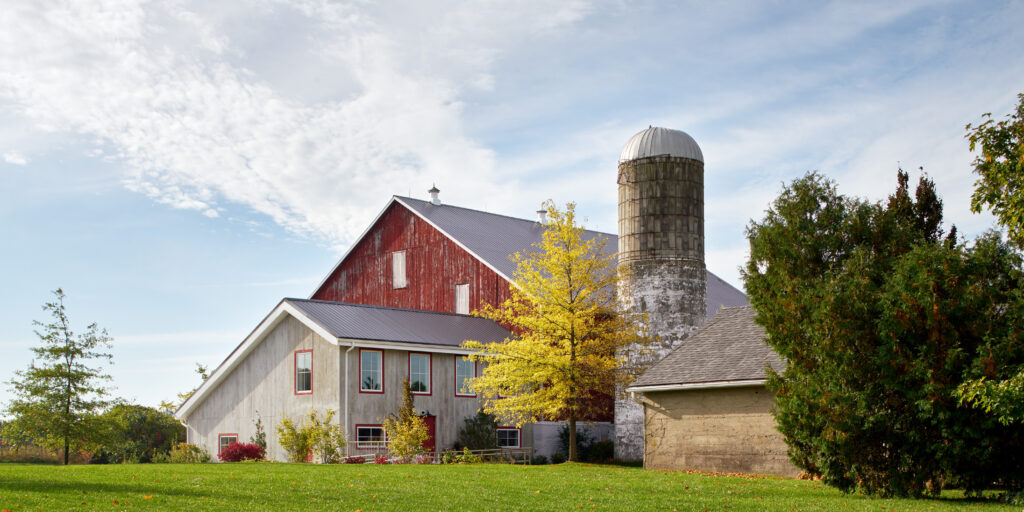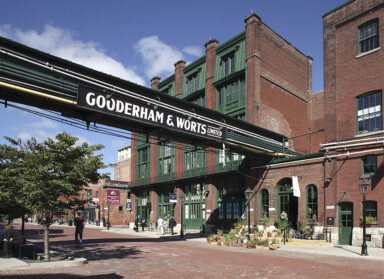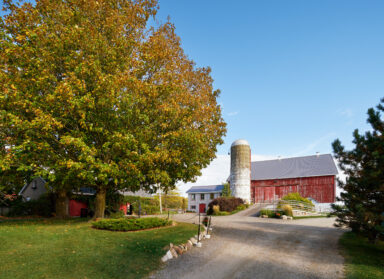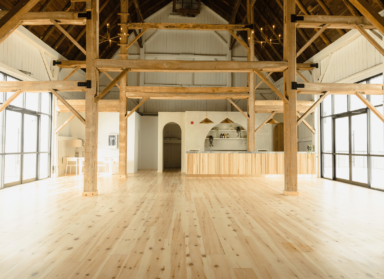Ontario’s smaller municipalities are facing a transformation. Many are making the transition from resource-based to diverse, creative economies, fuelled by population growth and an increase in local tourism in Ontario. As these municipalities look to prepare for growth, many farmstead owners are left with swaths of land ripe for adaptive reuse to add to the local economy and fill a community need.
ERA has had the opportunity to work closely with a number of these farmsteads and their owners in recent years. These property owners are looking for innovative adaptive reuse opportunities to help catalyze their local cultural economy by leveraging their heritage asset.
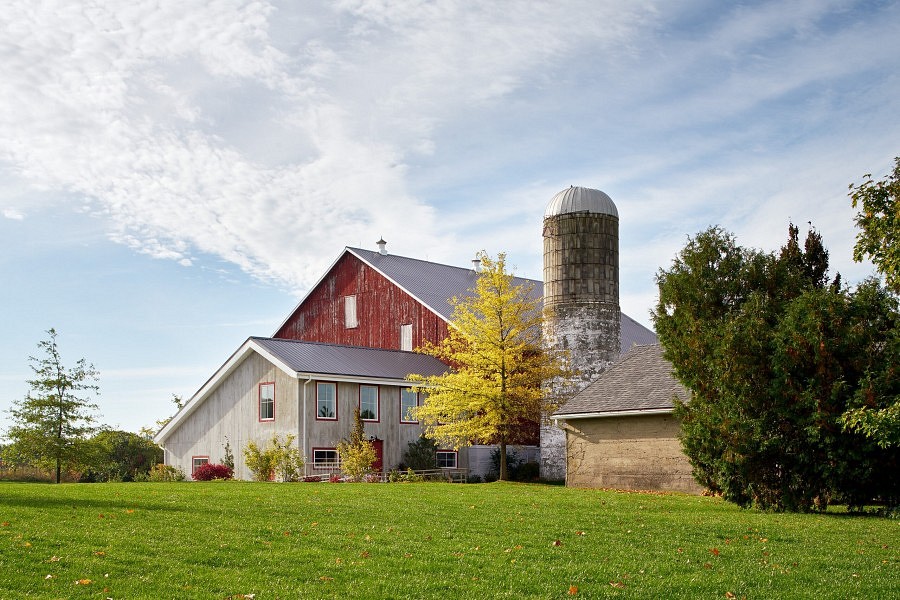
ERA engages with these projects using the framework of the Historic Ontario Farmstead. The Historic Ontario Farmstead typology helps us understand the distinct built and landscape features that characterize a farmstead – what are the visual cues that make a property legible as a farmstead? Do these features contribute to a broader agricultural landscape context? With a baseline understanding of these typological features, we ensure that their conservation or interpretation is top of mind throughout our project work.
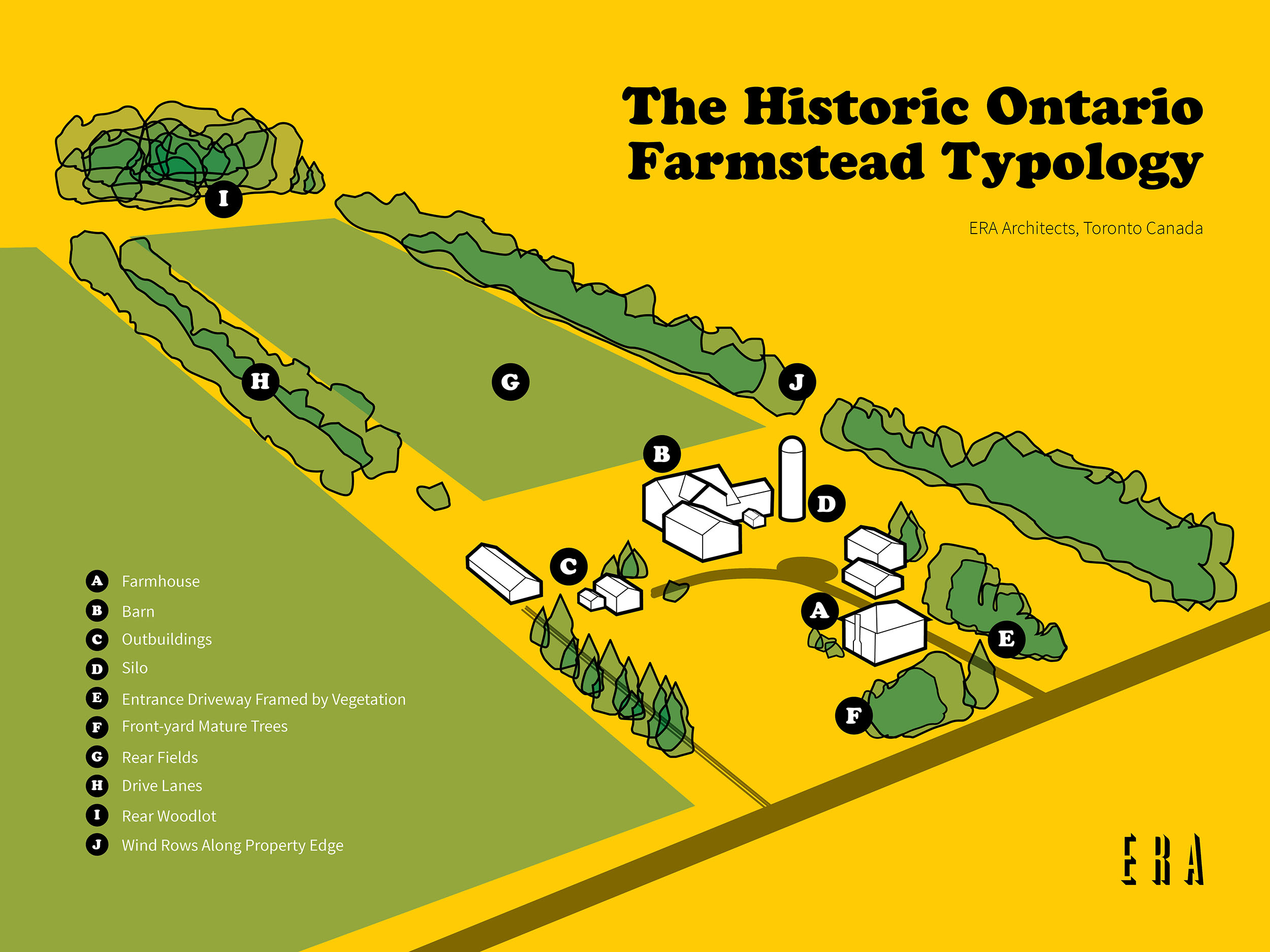
ERA Associate Shelley Ludman (OAA OAQ) recently presented at the 2020 APT/National Trust conference on this theme. She spoke about three case studies, where ERA worked with local partners to re-imagine the uses of farmstead sites, relying on the Ontario farmstead typology. Two of these case studies are highlighted here.
Goodlot Farmstead Brewery
Originally established as a hops farm in 2011, the owners expanded their offering in 2017, announcing that they would be opening a brewery on site. This decision was instigated by a local tourism boom, Caledon’s population growth, and a desire to encourage people to get outside and engage with agricultural sites in their vicinity. ERA worked with the owners to renovate one of the barns on their property, converting the vacant building into a brewing facility. Given the barn’s proximity to the road, most of the alterations were limited to the building’s interior, ensuring that it remained legible as a barn from the public realm.
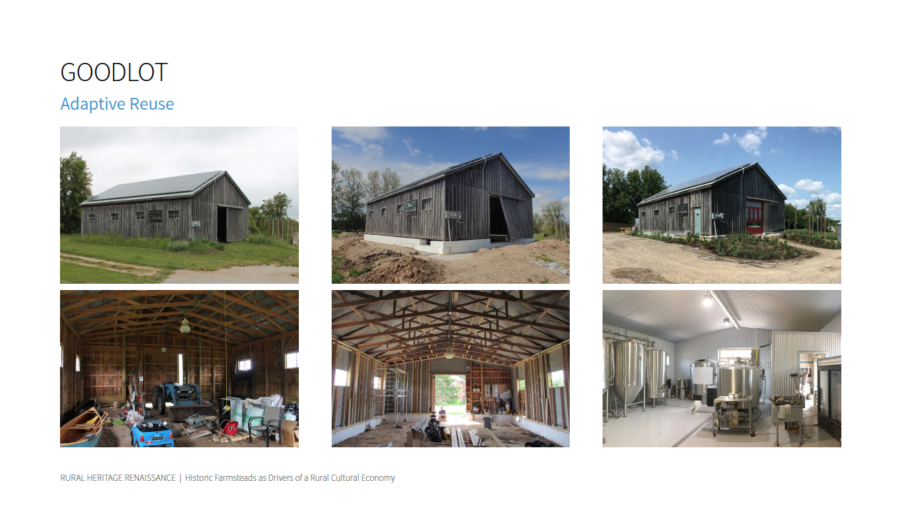
Cambium Farms
In 2017, ERA was approached by Cambium Farms [link] to upgrade an 1873 barn facility, as the owners wanted to push their site’s potential beyond a seasonal single use. In order to serve a larger market, and draw a variety of users, they needed to upgrade a few key aspects of the site.
ERA considered how we could achieve the programmatic upgrades required while conserving and capitalizing on the cultural heritage value of the existing farmstead configuration. Two contemporary additions were built to accommodate washrooms, a prep kitchen and a formal entry for the lower level and designed with reference to the forms and materiality of farmstead outbuildings. We also worked with the owners to upgrade the bank barn’s lower level, previously used as storage, to create usable space during winter months. The renovated lower level now operates year-round, and the open floor plan facilitates programs such as yoga classes, pop-up dinners with local chefs, intimate concerts, and winter weddings.
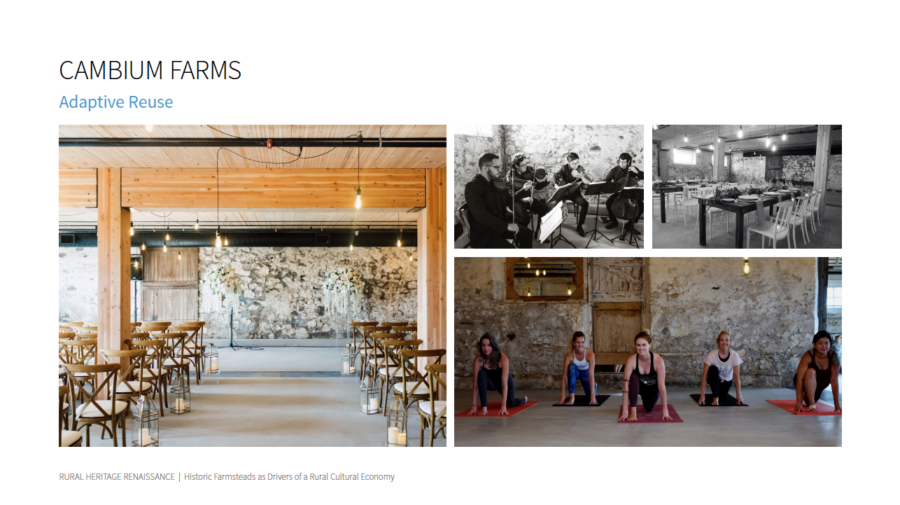
These two case studies demonstrate how sensitive adaptive reuse projects can create opportunities for farmstead owners to contribute to an emerging rural cultural economy, while capitalizing on their sites’ historic value and character.
Written by Shelley Ludman + Emma Abramowicz
